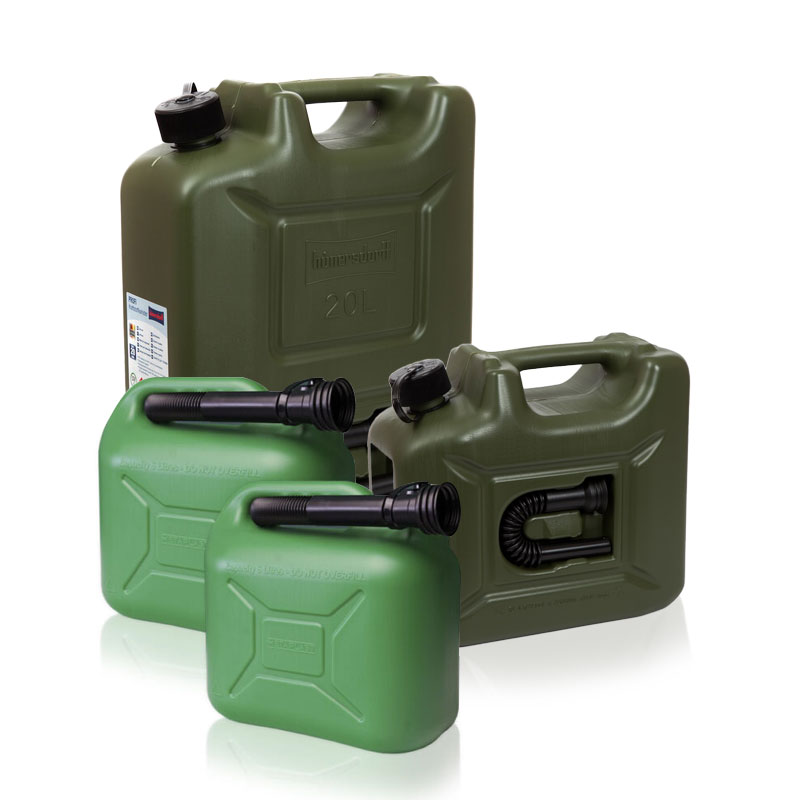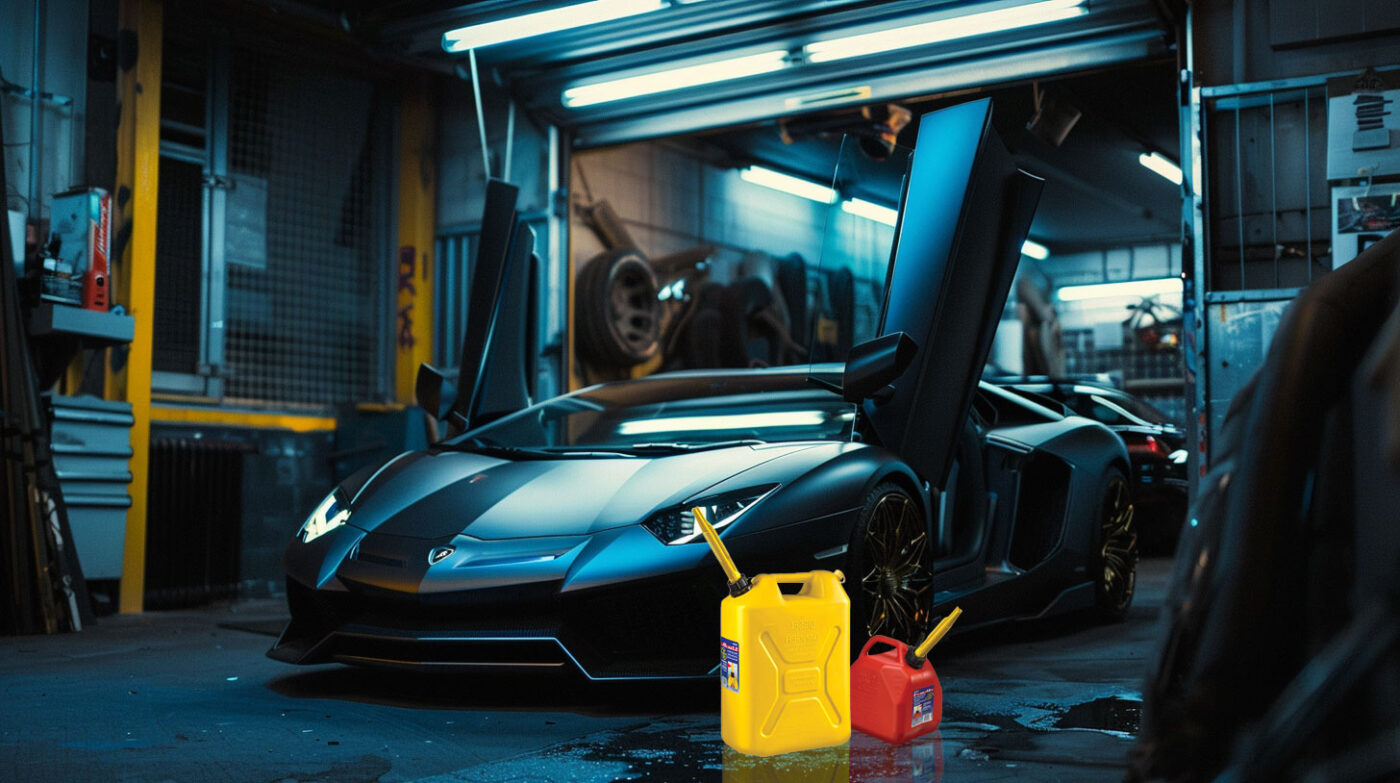Fuel Cans
Free Petrol Risk Assessment For Your Home
Imagine this: you’ve got your lovely lawnmower, your chainsaw, and maybe even a backup generator, all tucked away neatly in your shed or garage. And what’s keeping them purring away? Good old petrol. But here’s the thing—petrol is a bit like a house cat. Useful, but unpredictable. It sits there quietly, minding its own business, until one day, when it’s bored or provoked, it decides to set the house on fire.
Now, I’m not saying petrol is out to get you, but it is an accident waiting to happen if you don’t handle it properly. You see, petrol doesn’t need much to turn your peaceful Sunday afternoon into a scene from an action movie. A little spark, a bit of heat, and boom—you’re calling the fire brigade instead of grilling sausages. And let’s face it, no one wants to spend their weekend explaining to their insurance company why their garage looks like a toasted marshmallow.
So, let’s get serious for a minute. If you’re one of those people who think a petrol can is just another thing to shove on the shelf next to the paint tins and rusty tools, this guide is for you. We’re going to walk through the dangers, the dos and don’ts, and everything else you need to know to avoid a catastrophic encounter with your friendly neighbourhood fire hazard. Because when it comes to petrol storage, a little caution can save a lot of charred eyebrows.
Home Petrol Storage Safety Checklist
Use this checklist to ensure that you are safely storing petrol at home and minimising the risk of accidents. No paper needed as this digital checklist can be used on your phone or tablet.
Emergency Preparedness Scenario: Petrol Spill and Fire in the Garage
Scenario:
Imagine it’s a regular weekend, and you’re in the garage, refuelling your lawnmower. Suddenly, the petrol can slips from your hand, spilling petrol onto the floor. As you scramble to contain the spill, a nearby electric spark ignites the fumes, and a small fire starts spreading across the floor.
Without proper preparation, this situation could escalate quickly, causing severe damage or injury. However, with the right emergency preparedness measures in place, you can manage the situation safely and effectively.
Emergency Preparedness Checklist for Petrol Storage Incidents:
Equip Your Garage with Fire Safety Gear:
- Install a fire extinguisher rated for flammable liquids (Class B) in an easily accessible location. Ensure it is regularly inspected and everyone in the household knows how to use it.
- Keep a fire blanket nearby, which can be used to smother small fires.
- Install a smoke alarm with a heat sensor specifically designed for garages or workshops, which will alert you early in case of a fire.
Create a Petrol Spill Kit:
- Prepare a spill kit with absorbent materials like sand, kitty litter, or commercial spill pads to quickly contain and absorb petrol spills.
- Include heavy-duty gloves, safety goggles, and a plastic dustpan and brush in the kit for safe cleanup.
- Add sealable plastic bags for disposing of contaminated materials safely.
Establish an Emergency Action Plan:
- Develop a clear emergency plan that outlines what to do in case of a petrol spill or fire. This should include steps like shutting off electrical sources, safely evacuating the area, and contacting emergency services.
- Conduct regular family drills to practice the emergency plan. Ensure everyone knows how to use a fire extinguisher and where the spill kit is located.
- Ensure Proper Ventilation and Shut-off Mechanisms:
- Install adequate ventilation systems in your storage area to reduce the buildup of flammable vapours.
- Make sure all electrical outlets and switches in the garage are spark-proof or have protective covers to reduce ignition risk.
- Consider installing an emergency shut-off switch for any machinery or electrical equipment in the garage.
Prepare for Safe Evacuation:
- Designate a safe assembly point outside the home where all family members should gather in case of an evacuation.
- Keep escape routes clear of clutter and ensure doors and windows can be easily opened from the inside.
- Ensure your home’s address is clearly visible from the street for emergency responders.
Have Emergency Contact Information Ready:
- Keep a list of emergency contacts, including local fire services, poison control centres, and family members, in an easily accessible place.
- Install emergency contact labels on the garage wall near the storage area.
Educate and Train Household Members:
- Educate everyone in the household, including older children, about the dangers of petrol and the importance of safety measures.
- Conduct regular safety training sessions to ensure everyone is confident in handling petrol safely and knows what to do in an emergency.
By setting up these preparedness measures, you can greatly reduce the risks associated with petrol storage at home and be ready to respond effectively if an incident occurs.

Wavian Top Tip
Right, listen up! If you’re going to store petrol at home, don’t even think about using some flimsy, knock-off container you picked up on the cheap. What you need is a proper, battle-tested, no-nonsense Wavian fuel can. Why? Because these things are built like tanks. They’re made of heavy-duty steel, have a leak-proof seal and a locking cap that could probably survive a direct hit from a wrecking ball.
With a Wavian, you’re not just storing petrol; you’re imprisoning it. No leaks, no vapours, no-nonsense. And while we’re at it, remember this: a few extra quid on a top-notch container today saves you from a rather fiery insurance claim tomorrow. So, get a Wavian and store your petrol like a pro—safe, secure, and without the drama!

